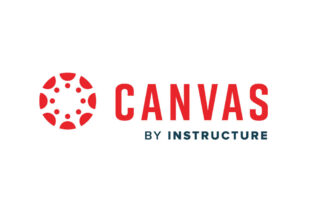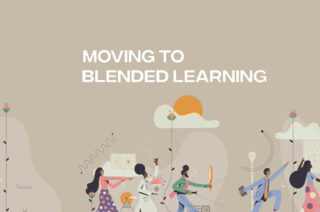Factsheet: Inclusive Teaching and Learning

Introduction
We should ensure that all our students have the opportunity to be successful on their programme, no matter what their background and educational needs. We need to bear this in mind when designing and delivering a course unit.
- If possible, use examples and reading materials that reflect a range of cultural and social perspectives.
- Speak slowly and clearly and face students when speaking, use a microphone, avoid colloquialisms and unnecessarily complex language.
- Summarise and reiterate key points throughout the course.
- Clearly communicate important information about deadlines, room changes etc.
- Provide suitable learning materials in advance as detailed in students’ disability support plans.
- Use a range of teaching methods and learning activities.
- Allow sufficient time for all students to engage with learning activities.
- Include regular breaks, brief summaries and opportunities for questions, repeating student questions for all the class to hear.
- When using learning technologies, ensure they are inclusive and accessible.
- Use a range of assessment methods that are suitable for all students.
- Communicate assessment instructions clearly and unambiguously.
- Create formative assessment opportunities throughout the course, to give students an opportunity to practise a particular assessment type.
Where can I learn more?
- Across June and July 2021, the Institute of Teaching and Learning in collaboration with the EDI Directorate ran a series of Inclusive Teaching Workshops.
- DASS information for staff working with disabled students
- Specific information on working with students with Autistic Spectrum Disorder
- University Policy on Inclusive Teaching and Learning Materials
- Subject specific guidance on inclusive curriculum design


